The students have begun to disappear.
In the beginning of the school year, when class began every day, I was greeted with a friendly mosaic of smiling teenage faces.
This was the beginning of their senior year of high school, and while no one wanted it to commence with the assistance of Zoom and Google Meet, most of them seemed positively exuberant to begin the walk towards normalcy.
Together, we awkwardly navigated our way towards new class norms and expectations, mastering clunky technology and adapting to life without the connective tissue of a common campus or classroom.
But as the days became weeks, and weeks have now morphed into months, these smiling teenage faces have largely vanished.
My students still log on, they are still “attending class” and turning in assignments, but instead of teaching a beautiful montage of human faces radiating expressions running the gamut from confusion to inspiration, I am confronted with something very different, something barren, brute, and for the majority of teachers who need the steady electrification of human interaction, something utterly demoralizing: an empty black screen with lifeless names listed in a tiny box.
[bctt tweet=”No eyes. No smiles or frowns. Just a hollow name.” username=””]
We high school and college teachers are teaching blank screens these days. It feels like a twilight zoned mixture of pedagogic vertigo and spiritual emptiness. We are zooming into the abyss every day, yet many of us don’t know if anyone is there to hear and absorb what we are teaching. Indeed, teaching in the midst of the COVID crisis is starting to feel a lot like faith: doing the right thing, even if no one is watching, all of it in the righteous hope that what we teach can still reach the hearts and minds of students we have never met.
What, we teachers wonder, is happening behind the deadened black screen our students now project back to us? Are they still there? Did they log in and go back to bed? Did they put us on mute and turn on Netflix? Are they playing games on their phones while we teach our lessons?
Or, is the truth even more disturbing? Are they ignoring us because they are taking care of their younger siblings? Are their home lives more tumultuous than most of us can imagine or appreciate? Sometimes students forget to turn off their video feed and we see them out and about, running errands or walking around. Sometimes they fail to mute themselves and salty language is suddenly broadcast to the entire class. College professors are reporting that their students are frequently at work in the middle of lectures.
In no way am I suggesting distance learning is unnecessary in the midst of a pandemic. I am neither an epidemiologist nor a virologist. But I do fear that there are profound long-term consequences for departing from a traditional classroom setting for too long.
The normalization of pajama learning, of learning from a comfortable perch of utter anonymity will have harmful long-term implications. While this paradigm is helpful in the current crisis, and is definitely preferable for specific populations in certain situations, for the average student the consequences are nothing to celebrate.
Yes, getting up every day, and getting ready for school is hard. Yes, existing within a social community brings stresses and strains that can be difficult for young people to traverse. Yes, school is filled with the minutiae of tediousness and tasks that are no fun. But beyond curriculum and skill-building, much of the value of schooling for young people is learning how to be a human being in the world, learning how to absorb its petty injustices and minor annoyances, learning how to rise again after a bad day and stand tall in the face of failure.
This is the reason why fortitude was one of Plato’s four cardinal virtues for living a meaningful and full life.
Real learning makes real demands. The best teachers are rarely those who ask little of their students or measure their effectiveness through a shallow lens of temporary popularity. Real teaching, after all, is the opposite of impersonal. Great teachers and powerful classrooms radiate with urgency and purpose. Education, at its best, is transformative.
But none of this is possible if the learning experience is allowed to become barricaded behind digital fortresses of comfort and anonymity. Parents whose children are restless and increasingly irritable or even angry know this. Social scientists who worry this paradigm will perpetuate income inequality and become a lost year of learning know this. Older students who find themselves quietly acclimating to the slow tempo of a listless lifestyle know it will be difficult to transition back to the active lives they know they should be living.
But beyond the parents, students, and social scientists, listen to the chorus of American teachers who say they will leave the profession if what is temporary pivots towards normalcy. Teaching is the ultimate profession of hope—hope that no matter where students begin their lives, the majesty of education lies in its power to empower and impassion them, to help pave a path towards one’s highest hopes and dreams.
Only then, can we zoom past the abyss and towards the promise of our children’s truest potential.
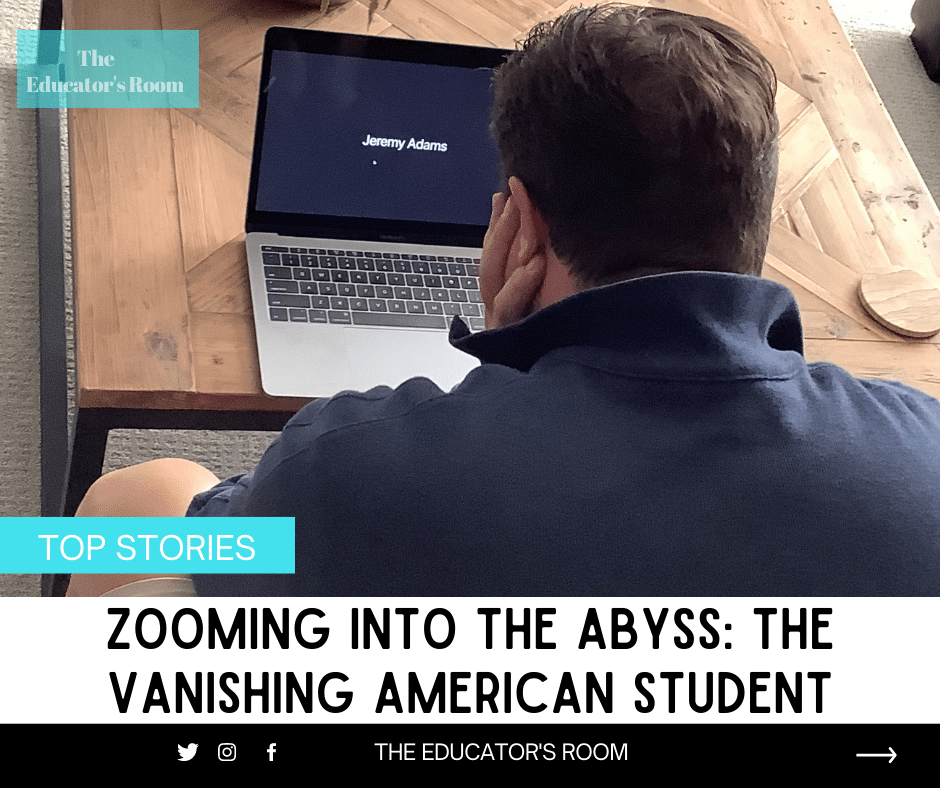


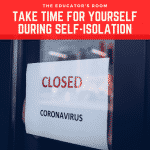
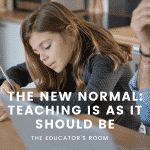
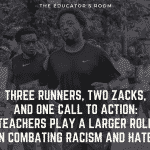
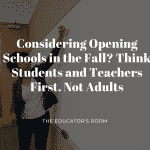
Excellent!!
Your experience matches mine to some extent – also teaching high school, also seeing some decrease in that prior engagement at the start of the semester. Given the high stakes that you’re describing, I’m trying to increase engagement with smaller group interactions and even 1-1 conversations. I understand the desire to be off camera when you’re just one in 25-35 students, but on a smaller scale, I think we can make different kinds of connections. I think many students want that. It requires us to change our approach, and in some cases, it may require a shift in thinking about curriculum. It won’t be easy. Many teachers have poured so much work into developing curriculum, or have been so accustomed to mandates to cover a prescribed curriculum; they will feel like there’s no time to take new steps and new approaches that reduce what we can “cover.” We need to alter our thinking at this point, prioritizing the connections and dispositions that are even more essential preconditions to meeting any curricular goals now and in the future.
Excellent article. The true cost of this epidemic will never be accurately measured. But educators know, it is exorbitant.